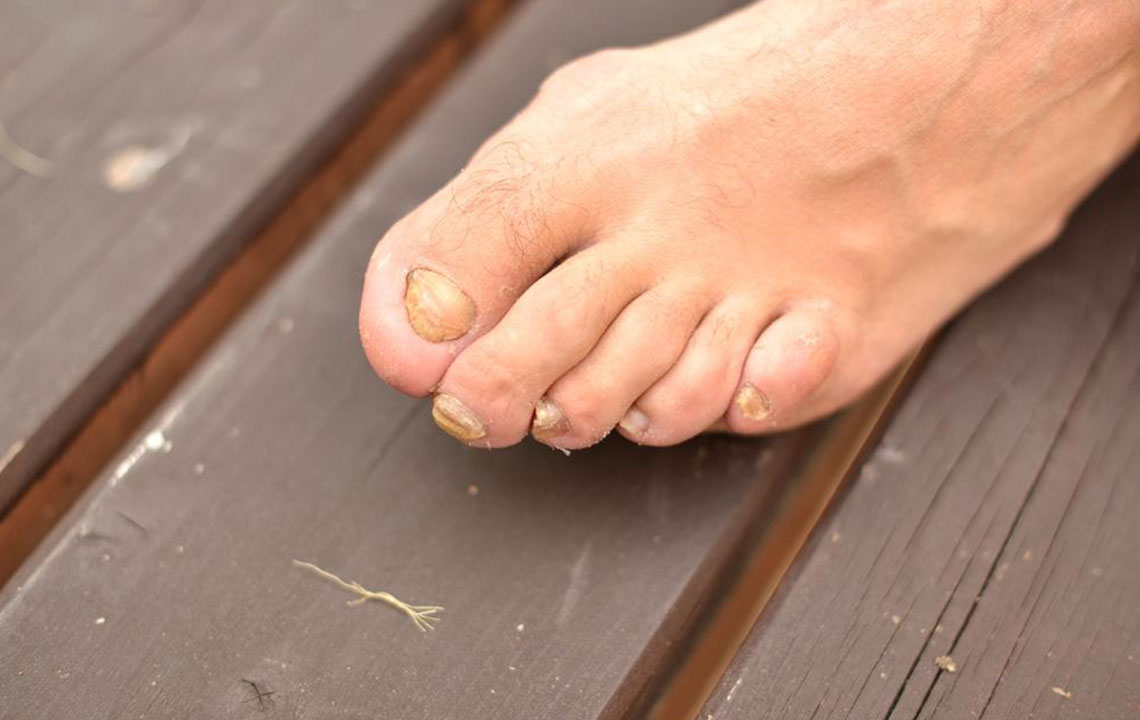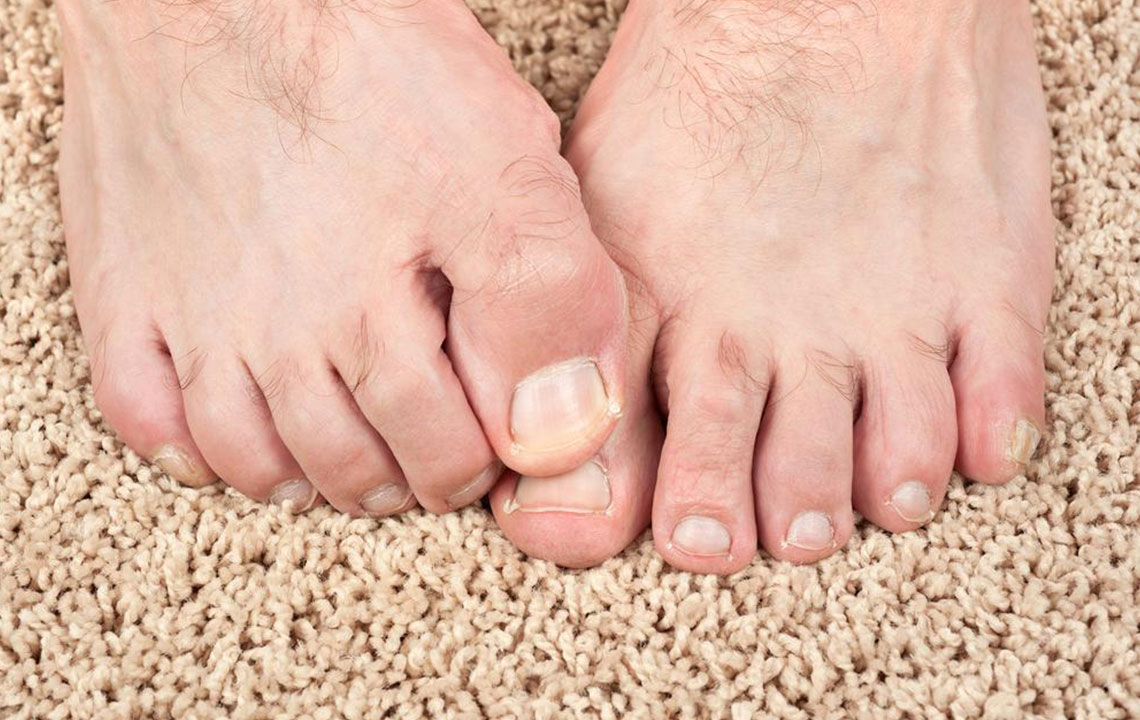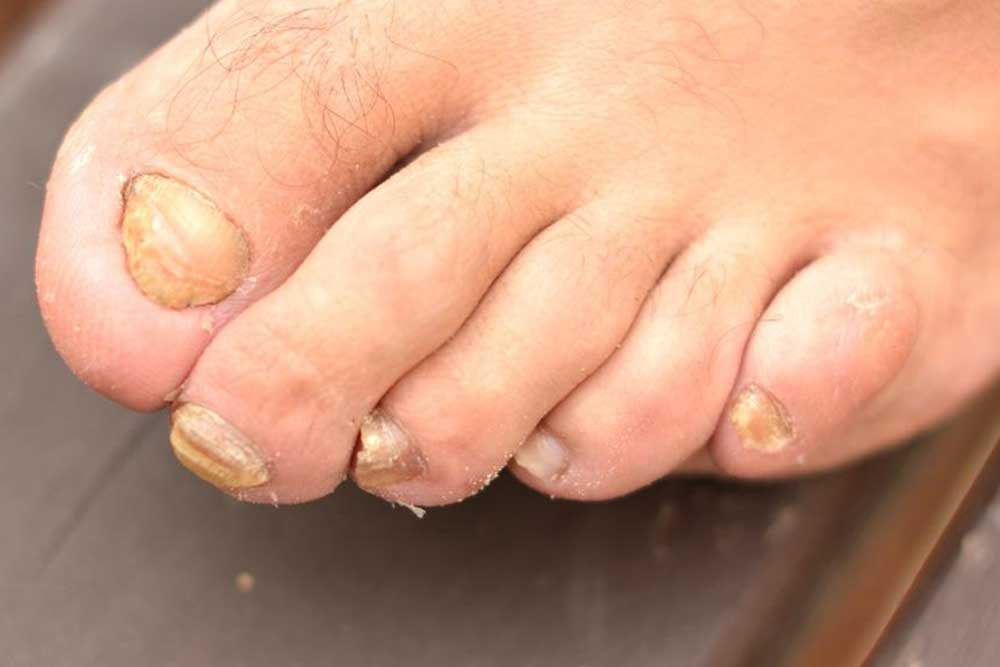Comprehensive Home Strategies for Safe Skin Tag Removal
Discover safe and effective home remedies for skin tag removal, including apple cider vinegar, tea tree oil, garlic, and liquid iodine. Learn when to seek professional care and how to prevent complications, ensuring safe, cost-effective treatment options for benign skin growths.

Comprehensive Home Strategies for Safe Skin Tag Removal
Skin tags are a common dermatological issue that many individuals encounter throughout their lives. These small, soft, benign growths typically appear in areas where the skin folds, such as the neck, armpits, groin, and eyelids. Although they are harmless, their presence can be cosmetically bothersome and sometimes cause discomfort or irritation, especially if they rub against clothing or jewelry. For those seeking cost-effective, painless options, understanding how to remove skin tags safely at home becomes essential. This article delves into effective and safe home remedies, explains the causes of skin tags, and offers guidance on when to consult healthcare professionals.
Understanding Skin Tags: Causes and Risk Factors
Before exploring removal options, it's important to comprehend why skin tags develop. These benign growths are caused by localized trauma or skin friction, which prompts skin cells to divide abnormally. Common risk factors include obesity, pregnancy, insulin resistance, and certain hormonal disorders. Friction from tight clothing or jewelry can also contribute to skin tag formation. Some individuals may have a genetic predisposition, making them more susceptible. While skin tags are usually harmless, they can sometimes signal underlying health issues like diabetes or metabolic syndrome, so regular health checkups are advisable.
Why Safe Home Remedies Are Popular
Many people prefer to tackle minor skin issues at home due to their convenience, affordability, and the desire to avoid invasive procedures. Although medical procedures performed by dermatologists—such as laser treatments, cryotherapy, or surgical excision—are highly effective, they can be costly and may involve some downtime or discomfort. For small, uncomplicated skin tags, natural home remedies offer an alternative that can be effective when used properly. It's essential, however, to understand that these remedies require patience and consistency, and results can vary depending on individual skin types and the size of the skin tag.
Common Home Remedies for Skin Tag Removal
1. Apple Cider Vinegar
Apple cider vinegar (ACV) is renowned for its antibacterial and astringent properties. Its acidity helps to break down skin cells, leading to the gradual drying and shrinking of skin tags. To use ACV, soak a small cotton ball in raw, unfiltered apple cider vinegar, apply it directly to the skin tag, and secure it with a bandage. Leave it on for about 10-15 minutes daily. Over several days to weeks, the skin tag will start to darken, shrink, and eventually fall off. It's important to always dilute ACV if your skin is sensitive to prevent irritation.
2. Tea Tree Oil
Tea tree oil is a potent essential oil with antiviral, antifungal, and anti-inflammatory properties. It can promote the healing and removal of skin tags through natural immune boosting. To avoid skin irritation, dilute a few drops of tea tree oil with a carrier oil such as coconut or jojoba oil. Apply gently with a cotton swab directly onto the skin tag twice daily. Consistent application over several weeks often results in the gradual drying and disappearance of the growth.
3. Garlic
Garlic contains ajoene and allicin compounds, which have anti-inflammatory and antimicrobial effects. Crushed garlic can be applied directly onto the skin tag, followed by covering with a bandage to hold the juice in place. Leave it on for about 30 minutes daily. The natural acids and compounds in garlic help oxidize and diminish the skin tags over time. Be cautious, as garlic can cause skin irritation or burns if left on for too long or used excessively.
4. Liquid Iodine
Liquid iodine is another commonly used remedy. Its antiseptic qualities facilitate the shrinking of skin tags. Using a sterile applicator, apply a few drops of iodine directly to the skin tag once daily. The iodine gradually darkens and causes the growth to fall off over time. As with all remedies, avoiding excessive use is critical to prevent skin irritation or scarring.
Precautions and Tips for Home Removal
While home remedies can be effective, they require patience, consistency, and caution. Never pick or forcibly tear off a skin tag, as this can lead to bleeding, infection, or scarring. Always clean the area thoroughly before and after applying any treatment. Conduct a patch test before using any remedy to check for allergic reactions. If your skin is sensitive or if the skin tag changes in appearance, size, or becomes painful, consult a healthcare professional immediately. Additionally, avoid home removal if the skin tag is located near the eyes, or in areas prone to frequent friction where professional removal might be safer.
When to Seek Medical Advice
While many skin tags can be effectively managed at home, certain circumstances warrant professional medical intervention. If the skin growths are painful, rapidly enlarging, bleeding, or changing in color, it’s essential to see a dermatologist. People with underlying health conditions such as diabetes or impaired immune function should consult healthcare providers before attempting any removal methods. Medical options include cryotherapy (freezing), electrocautery (burning), or minor surgical excision, which are performed in sterile environments to reduce the risk of infection or complications.
Bottom Line
Skin tags are harmless skin growths that can be unsightly or uncomfortable, but they are manageable with effective home remedies or professional medical care. Apple cider vinegar, tea tree oil, garlic, and liquid iodine are some widely used natural treatments that may help diminish or eliminate skin tags over time. However, patience and proper application are key. If home remedies do not yield satisfactory results or if the skin tags exhibit any signs of concern, visiting a dermatologist for safe removal ensures peace of mind and health safety. Regular skin checks and maintaining good hygiene can further prevent the formation of new skin tags.





